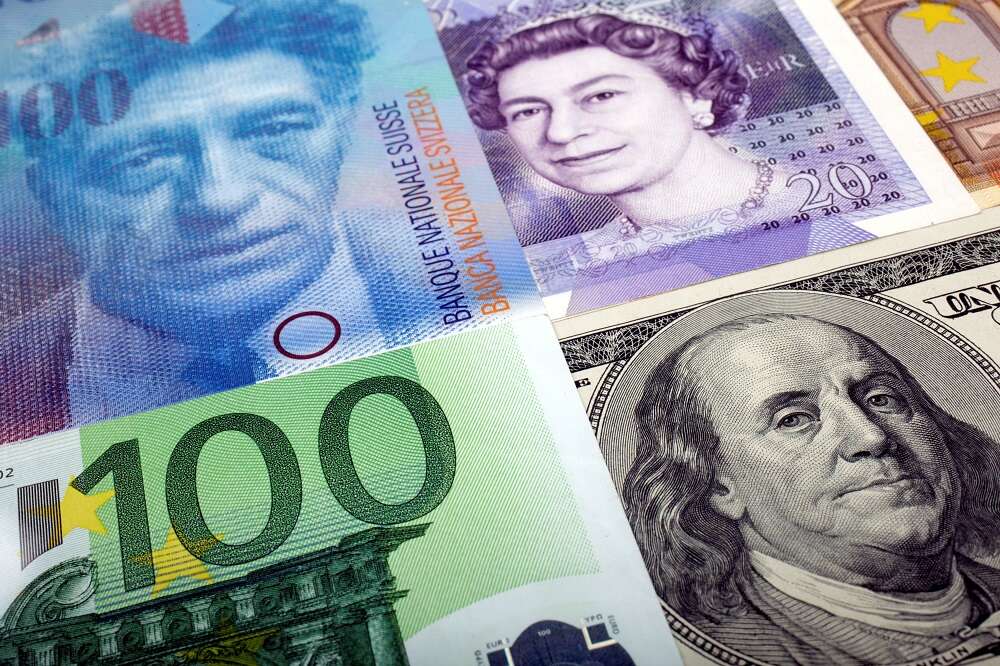
By Naeem Aslam, Chief Market Analyst at AvaTrade
As the pace at which Europe heads towards a recession continues to accelerate, the Euro keeps falling, while economies within the Eurozone are struggling to keep up.
The Euro is the currency used across the Eurozone and is under increasing pressure in comparison to other currencies, specifically the dollar. The Euro witnessed a sharp decline in June 2021 which only continued to fall for the next four months. The Euro and the dollar both experienced short-term relief in December 2021, but only declined further in January 2022. Both currencies had broken their support at 1.10 by April 2022, which fell below 1.05 in June. Despite the hope for parity, the Euro continued to fall in July. In early September, the Euro reached a new low of 0.9877 against the dollar. Although parity may have been restored now, with the Euro to US dollar exchange rate currently coming in at 1.06, the currency is continuing to face problems.
Inflation and the monetary policy
In 2021, the Federal Reserve’s monetary policy position changed, resulting in the reduction of the Euro’s value against the dollar. The increase in US interest rates added strength to the currency, thereby weakening the Euro. Due to the escalation of inflation, the Federal Reserve has revised its monetary policy, hoping higher interest rates would help bring inflation down to a reasonable level.
As of November 2022, inflation within the Eurozone came in at 10.1 per cent. This is five times the European Central Bank’s (ECB) objective of 2 per cent and represents inflation reaching a 40 year high in the region. Due to inflation in the Eurozone hitting 9.1 per cent in August of this year, the ECB was placed under substantial pressure to mitigate its impacts. In September, the ECB reached a historic decision and increased interest rates by 0.75 per cent to 1.25 per cent. Since then, the interest rate has doubled, with the ECB releasing a statement on 15th December 2022 announcing that “The Governing Council today decided to raise the three key ECB interest rates by 50 basis points”. This means the deposit rate presently stands at 2.5 percent.
However, investors have shown concern that this increase in interest rates may do more harm than good, especially to consumers who are already in debt. If rates hadn’t been increased by 75 basis points on the 15th of September 2022, increasing it by 50 points would still plumet the economy into recession. An indicator of the economy’s health, the Purchasing Managers’ Index (PMI) from S&P Global, fell to an 18-month low of 48.9 in August, from 49.9 in July. This was lower than the expected number of 49.2 in August. Since then, the index has remained below 50.0 – which is the no-change threshold – indicating a continued deterioration in private sector operating conditions.
Germany, home to Europe’s largest economy, has witnessed a fall in their spending on services in recent months. This has been caused by a number of factors, including a swift reduction in domestic demand triggered by increasing prices and dwindling confidence, as well as the ongoing war between Russia and Ukraine leading to the cost of gas, food and other commodities rising. Moreover, with France’s services sector losing its momentum, purchasing managers are not hopeful for the country’s future. Italy also witnessed a gradual decline in their growth, reaching their lowest level since January 2022 due to the spike in prices reducing their revenues and leading to an overall decline in consumer demand.
The energy crisis
Additionally, the energy crisis poses a vital concern to the Eurozone. Worries over shortages, a recession, and a difficult winter combined contributed to a 30 per cent increase in petrol prices in September. While these prices have eased from record highs, they still remain elevated compared to previous years, holding significant consequences for businesses and households. Though the ECB does not impact the energy crisis, it does influence economic indicators as well as the Euro, and the ECB monetary policy. The objective of ECB’s monetary policy is to ensure prices are stable by maintaining inflation at 2 per cent over the medium term which subsequently aids the ECB in supporting EU policies directed at full employment and economic growth.
Problems continue to face the Euro and Eurozone, however, it is unlikely that the ECB’s policy will lead to a boost in the Euro or the Eurozone economy. Circumstances for both are expected to grow worse soon. Ultimately, it is likely the Eurozone’s economy will continue to experience a decline.


